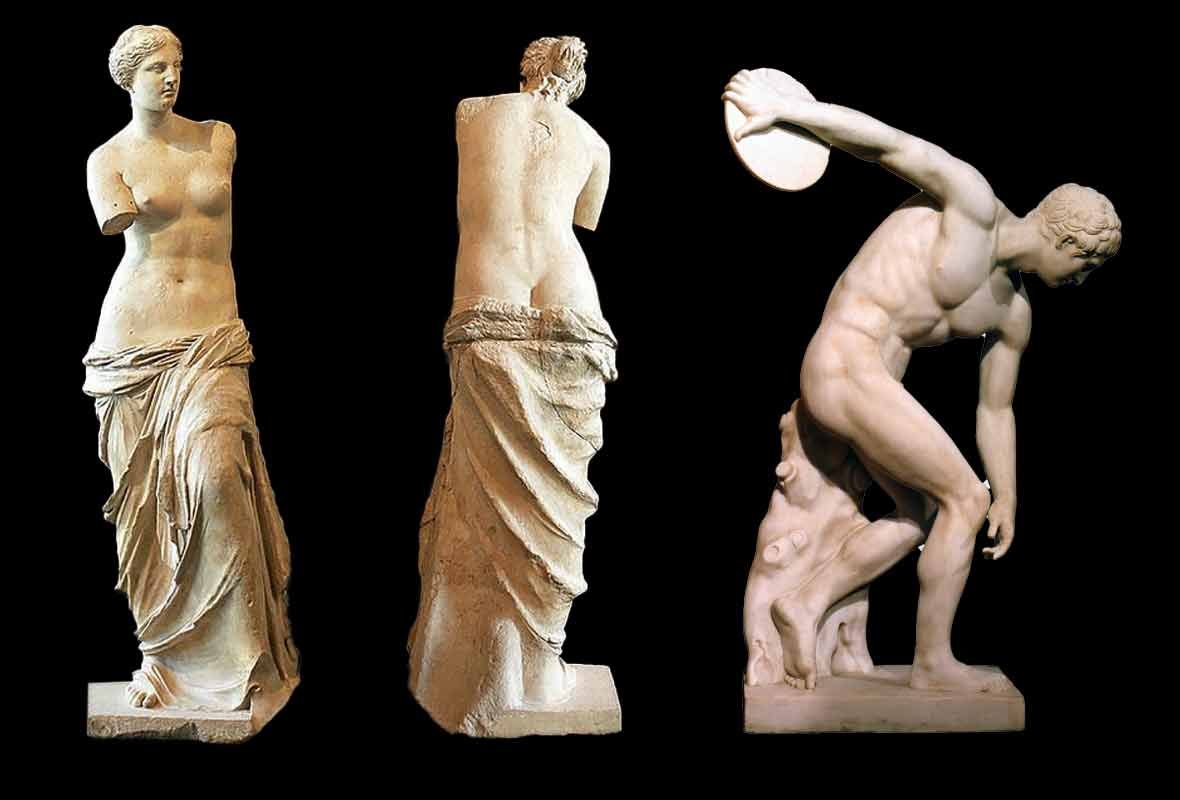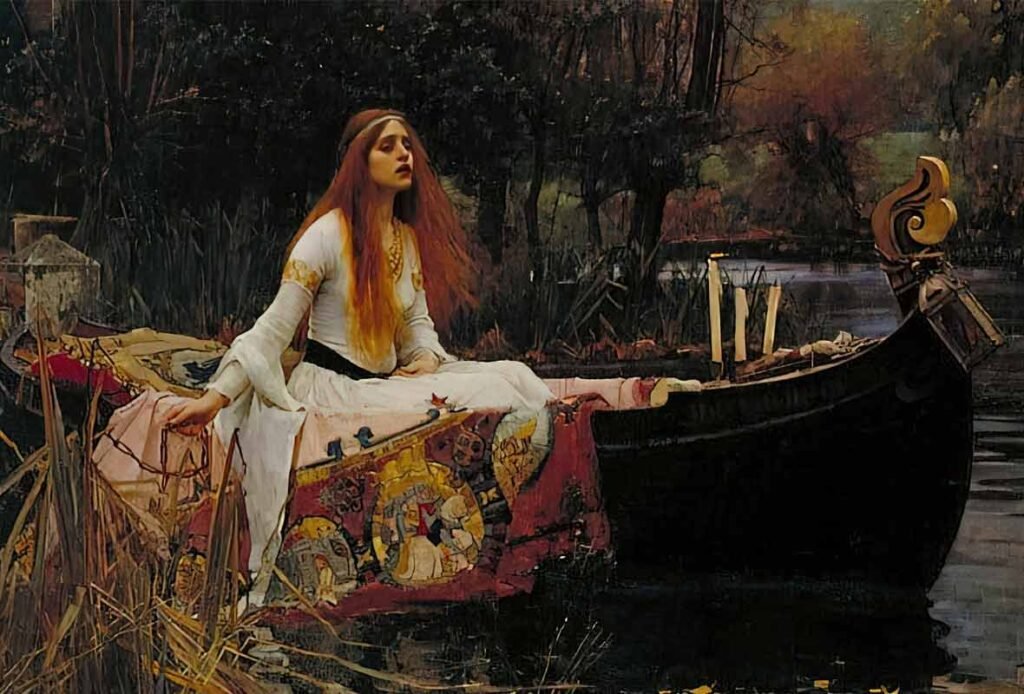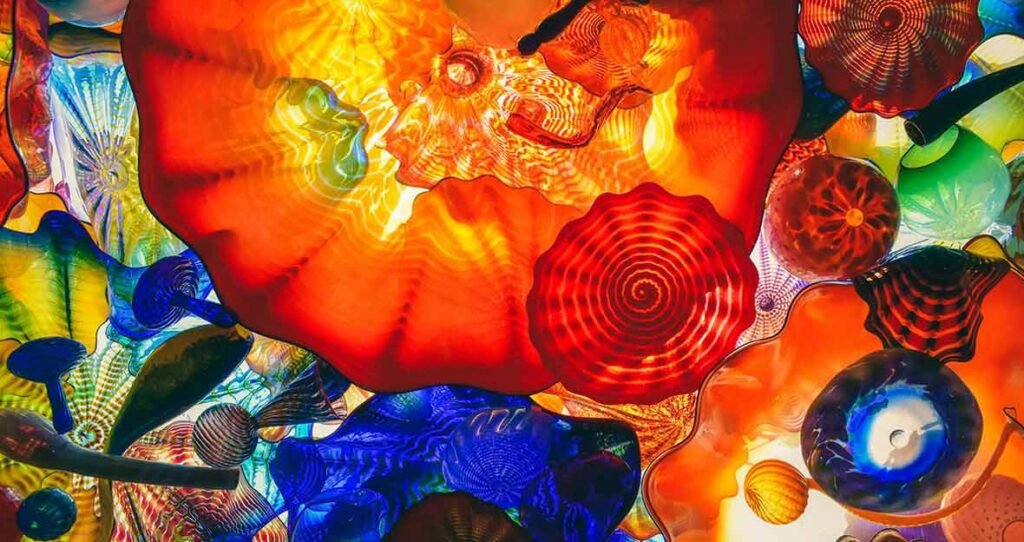The concept of beauty has a long and complex history. It is deeply intertwined with culture, society, and individual perception. From ancient civilizations to modern times, different faces of beauty have been a subject of fascination, debate, and artistic expression.
In ancient civilizations, beauty was often associated with symmetry, harmony, and balance. The Greeks idealized physical beauty in the form of the perfectly proportioned human body. This is plainly seen in sculptures like the Venus de Milo and the Discobolus.

In Mesopotamia, Egypt, and Greece, beauty ideals were influenced by the gods and goddesses, depicted in art and mythology.
During the Middle Ages in Europe, beauty standards were influenced by religious beliefs. A pale complexion was often associated with purity. Physical features were sometimes downplayed in favor of spiritual qualities.
The Renaissance saw a revival of interest in classical art and literature. Beauty became associated with the idealized human form depicted in classical art. Artists like Leonardo da Vinci and Botticelli explored concepts of beauty and proportion.
In the 18th and 19th century, beauty standards continued to evolve. By the 18th century, elaborate hairstyles and powdered wigs were fashionable. In the 19th century, the Victorian era, modesty, and a demure appearance were often emphasized.

20th Century
The 20th century witnessed significant shifts in beauty standards. The flapper look of the 1920s celebrated a more liberated and carefree image for women. The mid-20th century saw the rise of Hollywood and the influence of film stars on beauty ideals.
Each decade brought its own trends. First, there were the glamorous styles of the 1950s. Then, there was the counterculture movements of the 1960s and 1970s.
The late 20th century and into the 21st century saw a growing recognition of diverse beauty standards. We have placed an increasing emphasis on inclusivity, celebrating beauty in all its forms. Overall, we focus less now on age, ethnicity, body size, or other factors. The fashion and beauty industries have started to challenge traditional norms and promote more diverse representations.
Current Times
Beauty is more fluid and inclusive than ever before, with a growing acceptance of diverse body types, ethnicities, and gender identities. Social media platforms play a significant role in democratizing beauty standards, allowing individuals to redefine beauty on their own terms. This also allows them to connect with communities that celebrate authenticity and self-expression.
In essence, the history of beauty is a reflection of human culture and values. It evolves over time to encompass a wide range of perspectives and experiences. While beauty ideals continue to evolve, the intrinsic human desire to appreciate and celebrate beauty in all its forms remains a timeless aspect of the human experience.

